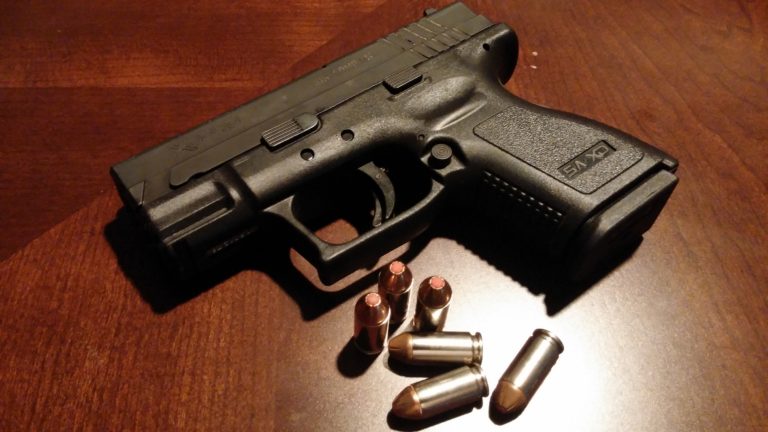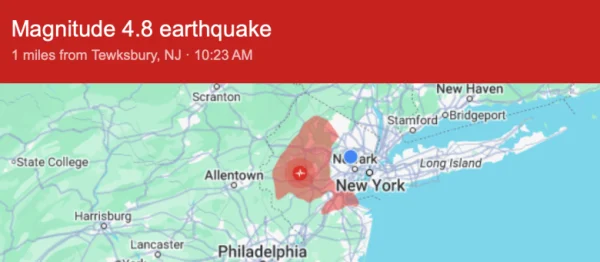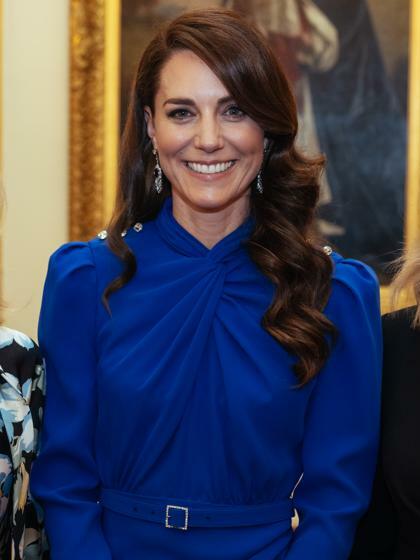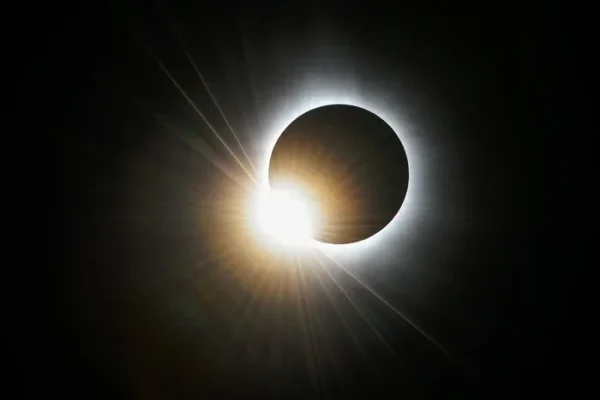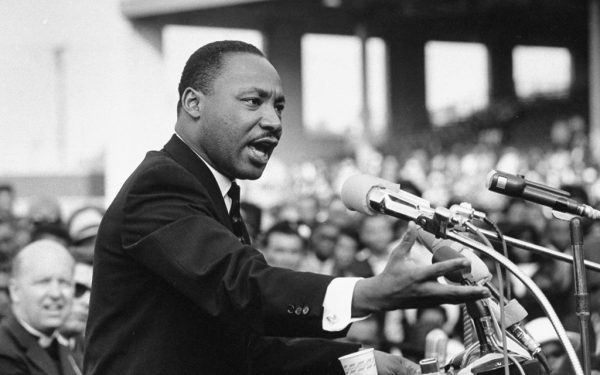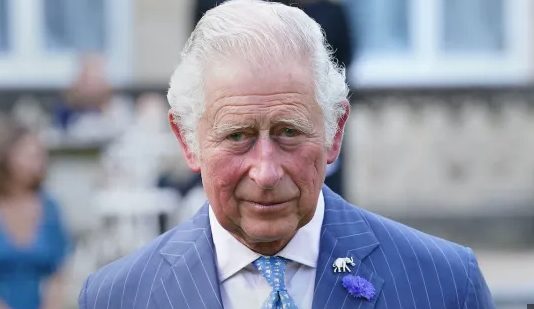Guys and Guns
Yet another school shooting has claimed the lives of four students (Madisyn Baldwin, 17; Tate Myre, 16; Hana St. Juliana, 14; and Justin Shilling, 17) and injured seven others on November 30th in Michigan’s Oxford High School. The murderer, 15-year old Ethan Crumbley, is reported to be facing charges such as terrorism and first-degree murder according to CNN. His parents, James and Jennifer, were also charged with counts of involuntary manslaughter due to the negligence and support of their son’s interest in guns. Despite school counselors and teachers showing concern over Crumbles’ fixation with guns a few days prior to the shooting, his parents showed no problem with his fixation. On the day of the shooting, a teacher reported violent drawings the student made, causing him to be sent to the office for questioning. They found his behavior and responses to indicate no intentions of self-harm or violence, however, according to Tim Throne, head of the Oxford Community Schools district, “Counseling was recommended for him, and his parents were notified that they had 48 hours to seek counseling for their child or the school would contact Child Protective Services.” When Cumbleys parents were told to take him home for the rest of the day, they refused and left their son at school so he could finish his work for the day. Unfortunately, this would give him the opportunity to open fire on students and faculty hours later.
It is difficult to point a finger at a singular cause of this tragedy, there are many factors that contributed to Crumbley’s decision to open fire on his classmates. However, when taking a step back and looking at mass school shootings all around the country, there tends to be a similar trend amongst the perpetrators. They are all young white men, or in this case boys. Journalist Leigh Paterson details the commonality between white male shooters in her article “Many Mass Shooters Share A Common Bond: Male Grievance Culture.” She talked to Eric Madfis, a Criminal Justice professor at the University of Washington Tacoma “who has studied the intersection of white entitlement, middle-class instability and heterosexual masculinity.” Madris explains that, “Mass murderers tend to be people who have failed throughout their lives in myriad ways. People who were bullied or picked on in school. People who didn’t get to date as many people as they wanted or the people that they wanted to… It is true that they are often people who haven’t performed their masculinity in ways that we traditionally value … it’s an alternative route to achieve your masculinity by committing a mass act of violence.”
Without a proper support system, these perceived setbacks can result in acts of extreme violence. Failure tends to hit harder when a young man has grown up privileged enough to never regularly experience hardships. It is important to note though, that “few people actually ever become violent after experiencing a setback in life. What triggers violence is likely a complicated, toxic mix of factors.” Not every white boy will go on to be a school shooter, but there must be a greater emphasis from adults to children about properly treating mental illness to prevent further attacks. Jillian Peterson, professor of criminal justice at Hamline University, and James Densley, professor of criminal justice at Metropolitan State University take a look at what makes a school shooter as well as how Columbine has affected future generations in their article published by the Washington Post: “School shootings didn’t start in 1999 at Columbine. Here’s why that disaster became a blueprint for other killers and created the ‘Columbine generation‘”. They point out that “Our research has found that school shootings have nothing to do with jock envy, satanism, video games… and school shooters are not psychopathic masterminds. In fact, these sound bite explanations for aberrant behavior only blind us to the reality of school violence. School shooters are almost always current students of their schools. They are students who are in crisis, students who have experienced trauma, and students who are actively suicidal prior to the shooting”.
No matter who you put the blame on, there is still a clear commonality between many of these attackers. America has allowed violence to become a coping mechanism for children in mental health crises, and the accessibility of harming others has only increased through a lack of gun regulations and access to firearms. HealthyChildren.org plainly states that “The reality is that having firearms in the home increases the risk of unintentional shootings, suicide, and homicide.” They also point out that “The risk of homicide is three times higher when there are guns in the home.” These facts alone should be enough for all parents to properly lock away and store their firearms from their children, however, the misconception that “it could never be me” or “not my kid” blinds parents to the real dangers of owning a deadly weapon in the same household as someone whose brain hasn’t fully developed. There is no room for ignorance when it comes to how children are raised into a society post-Columbine. At the very least this most recent school tragedy will be a cautionary warning to parents to be more cognizant of how they handle their firearms and children’s mental health. May Madisyn Baldwin, Tate Myre, Hana St. Juliana, and Justin Shilling rest in peace.
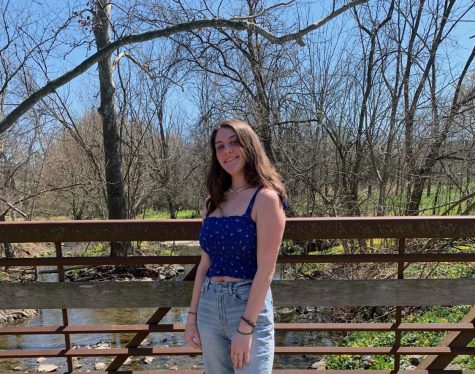
As a senior at West Morris Central, Caroline Miller is making her debut as a staff writer for The Paw. She frequently participates in extracurriculars...

